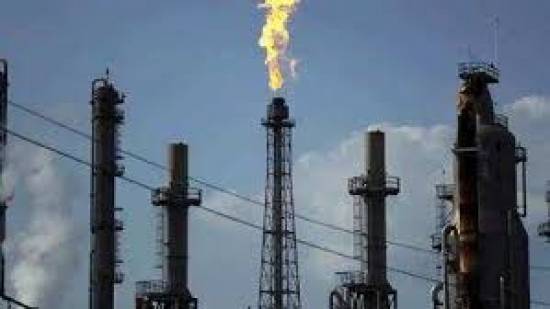Brent crude LCOc1 was trading at $42.03 a barrel, down 63 cents or 1.5%, by 1555 GMT, after earlier sliding to $41.51, its lowest since July 30.
West Texas Intermediate U.S. crude CLc1 fell 67 cents, or 1.7%, to $39.10 per barrel after hitting $38.55, its lowest since July 10.
“The mood has turned somewhat pessimistic in the second half of last week and the immediate risk is skewed to the downside,” said oil broker PVM’s Tamas Varga.
The world’s top oil exporter, Saudi Arabia, cut the October official selling price for Arab Light crude it sells to Asia by the most since May.
“The decrease was interpreted by the markets as a sign that the demand recovery in the region, home to the second and third largest oil consumers, is running out of steam,” said Rystad Energy analyst Paola Rodriguez-Masiu.
China, the world’s biggest oil importer which has been supporting prices with record purchases, slowed its intake in August and increased its products exports, customs data showed on Monday.
“There are so many uncertainties with regard to the Chinese economy and their relationship with key industrialised countries, with the U.S. and these days, even Europe,” Keisuke Sadamori, director for energy markets and security at the International Energy Agency, told Reuters.
“It’s not such an optimistic situation ... that casts some shadow over the growth outlook.”
The Labour Day holiday on Monday marks the traditional end of the peak summer demand season in the United States and that renewed investors’ focus on the current lacklustre fuel demand in the world’s biggest oil user.


